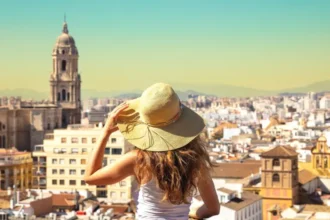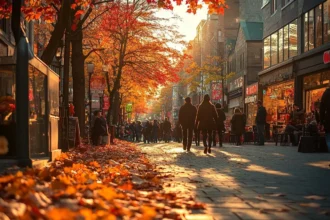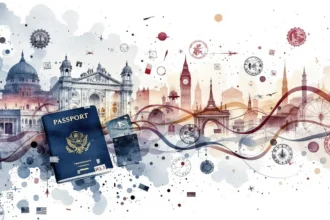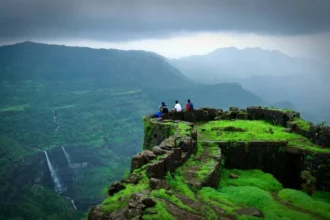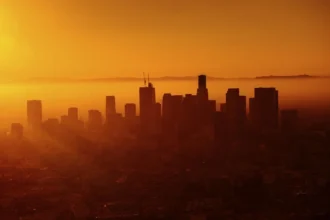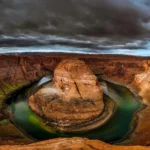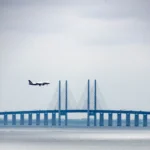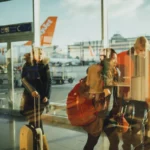If fairytales had a postcode, it would be Scotland.
Tucked in the rugged northern part of Great Britain, Scotland is not a destination you simply visit—it’s a place that welcomes you into its stories.
The kind told by ancient stones, whispered by the wind across the Highlands, and carved into the granite bones of castles that loom like sentinels over lochs and moors. Here, every ruin has a legend, every forest a folklore, and every sip of whisky a centuries-old secret.
This isn’t a country to rush through. Scotland invites you to linger, to walk slowly, to listen deeply. Whether you’re standing alone atop a mist-shrouded glen or laughing with locals in a cozy pub, the feeling is the same: you’re part of something older, wilder, and wonderfully alive.
Begin in Edinburgh: Where History Isn’t Just Remembered, It’s Alive
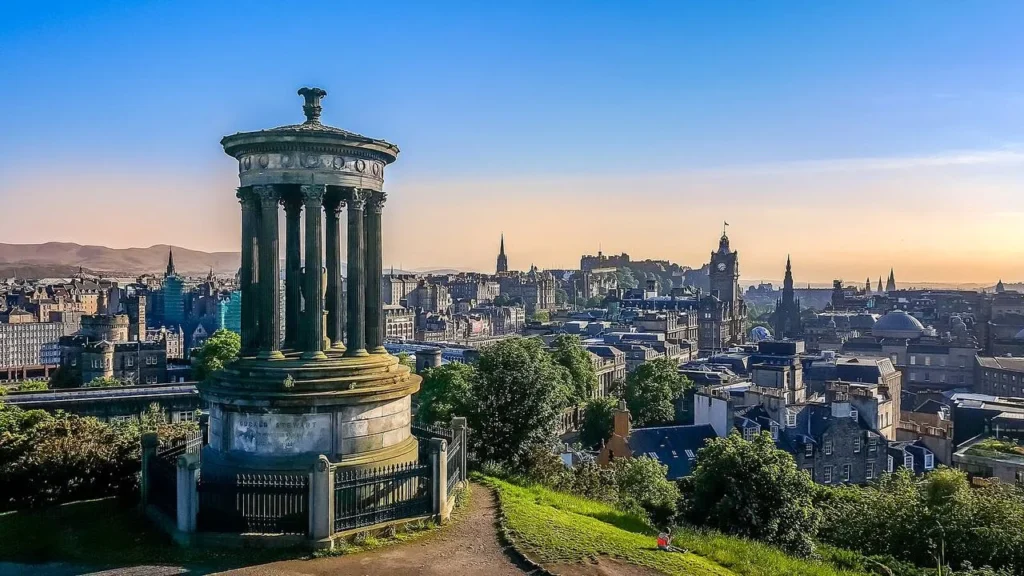
Your journey begins in Edinburgh, a city split in two: the cobbled, medieval Old Town, and the elegant, Georgian New Town. But it’s the Old Town that takes your breath away—where centuries peel back with every step along the Royal Mile.
Above it all sits Edinburgh Castle, built on an extinct volcano, standing guard for over a thousand years. From its cannons to the Scottish Crown Jewels housed within, this fortress is more than a relic—it’s the beating heart of Scottish identity.
Don’t miss the Real Mary King’s Close, a buried street hidden beneath the city where residents once lived, loved, and died. Guided tours tell of plague doctors, ghostly whispers, and lives lost beneath the cobbles you now tread.
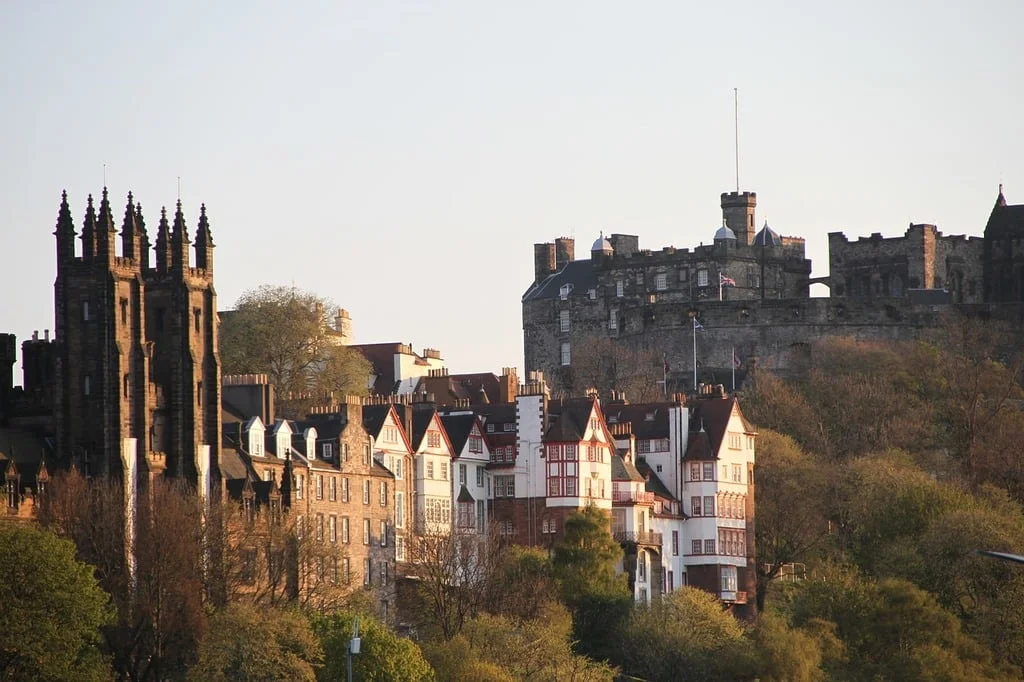
And as night falls, climb Arthur’s Seat, an extinct volcano in the heart of the city, and watch golden light stretch over the slate rooftops below. It’s the kind of view that convinces you something magical must exist here.
Pro Tip: For the full Scottish experience, stay in a historic inn or B&B, and order a full Scottish breakfast. Black pudding is optional—but worth trying.
Into the Highlands: Where Silence Is Sacred
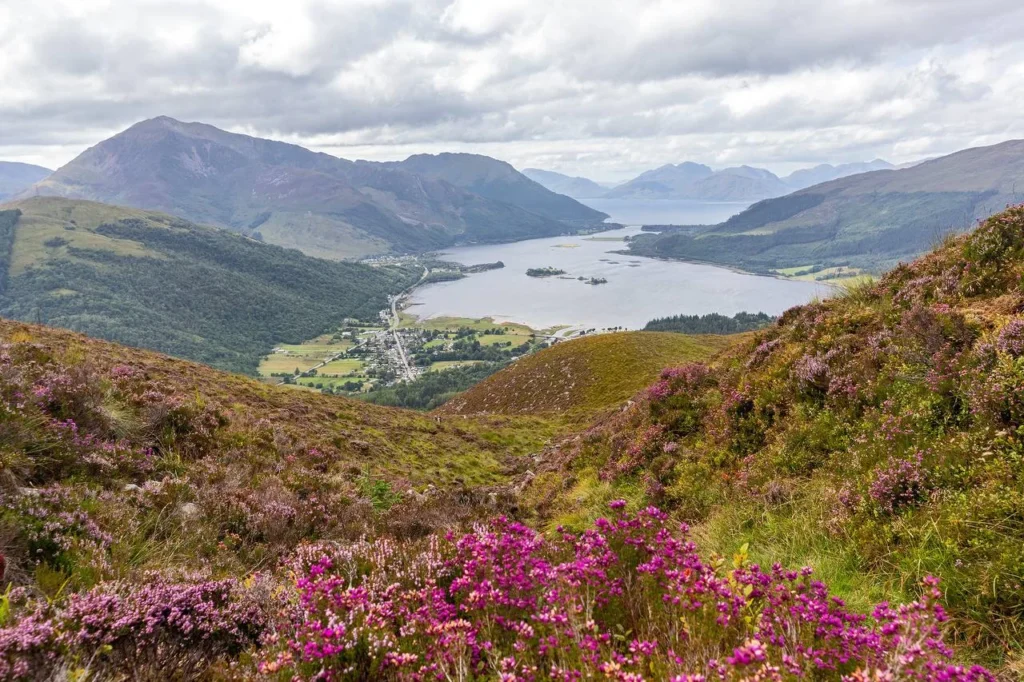
Leaving Edinburgh behind, the landscape begins to change almost immediately. Fields widen. Mountains begin to rise like ancient gods. The journey north into the Scottish Highlands is not just scenic—it’s sacred.
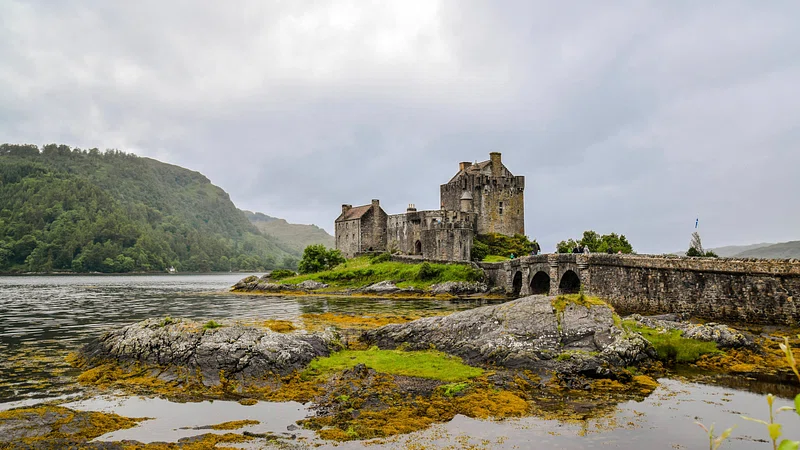
Pass through Stirling, where Stirling Castle and the Wallace Monument commemorate battles that still echo in the national soul. Further north, enter the breathtaking Loch Lomond & The Trossachs National Park, where lochs and forests shimmer like oil paintings and Highland cows graze beneath snow-dusted peaks.
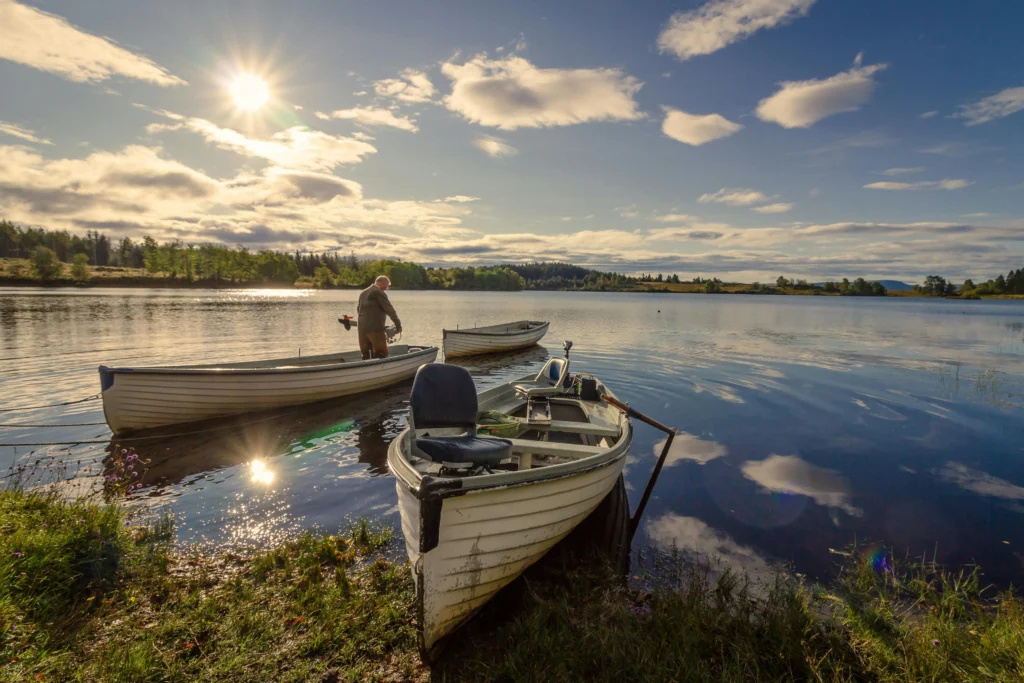
But it’s Glencoe that steals the breath and keeps it. Here, the valley narrows, hemmed in by the towering Three Sisters, cloaked in mist and myth. It’s haunting, beautiful, and still carries the sorrow of the 1692 massacre, when the Campbell clan betrayed their MacDonald hosts. Locals will tell you the glen still mourns—especially in the quiet of dawn.
Pro Tip: Visit the Glencoe Visitor Centre before hiking. Trails range from gentle walks to demanding climbs, and all come with sweeping vistas and stories waiting to be told.
Monster Hunting at Loch Ness
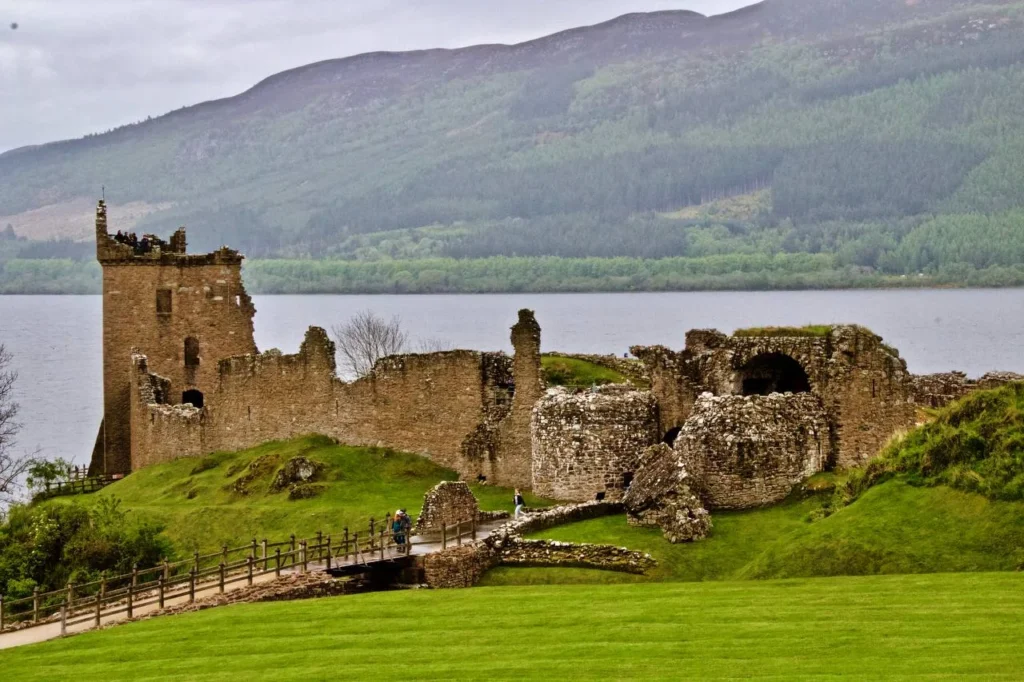
A little north, and suddenly you’re gazing across the legendary waters of Loch Ness. It’s not just Nessie that draws people here—though the idea of a prehistoric creature lurking beneath the waves does add excitement.
What really captures you is the sheer size and mood of the loch. It stretches for over 20 miles, a deep and mysterious cut through the landscape. Along its banks sits the broken but majestic Urquhart Castle, once a mighty medieval stronghold. Stand among the ruins, stare out over the black water, and you’ll understand why stories take root here.
Nearby Inverness, the capital of the Highlands, is a charming base for exploration. Don’t miss Culloden Moor, the site of the last battle fought on British soil, where Bonnie Prince Charlie’s Jacobite forces were crushed in 1746. Walk the battlefield in silence—many say you can still feel the weight of loss in the air.
The Isle of Skye: Scotland’s Crown Jewel
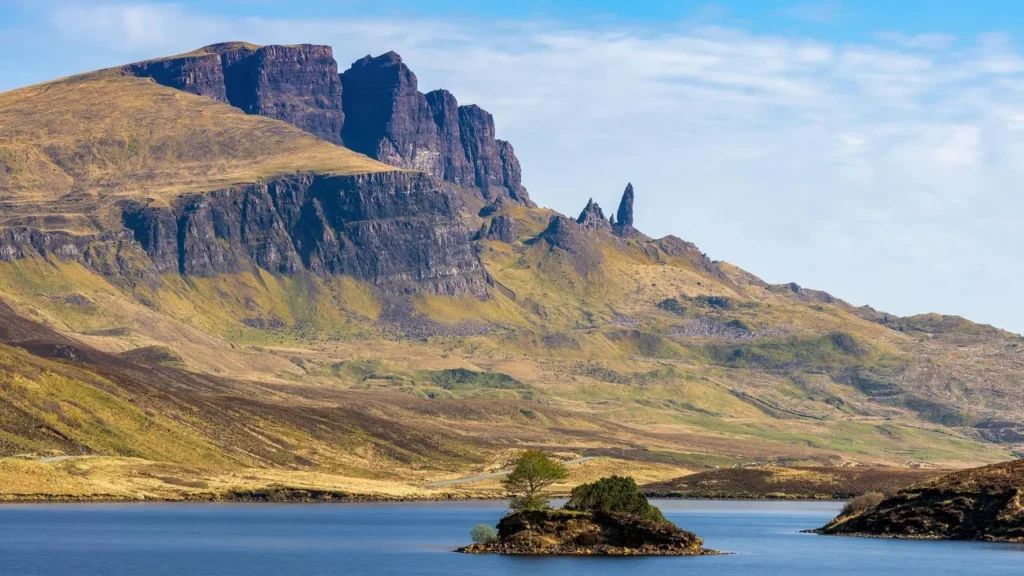
From Inverness, take the road (or ferry) west to the Isle of Skye, a land that feels stitched from legend. Here, mountains rise like stone dragons, waterfalls tumble off cliffs into the sea, and green hills roll endlessly toward the horizon.
You’ll want days here. Hike the Old Man of Storr, a jagged rock formation born of ancient landslides and local legend. Stare out from the Quiraing, a landslip that feels more like a lost world than part of Earth. Dip your toes—or your whole body if you’re brave—into the Fairy Pools, where icy-clear water tumbles through natural basins.
At night, the skies open up. With little light pollution, the stars shine so brightly you might glimpse the Milky Way. And if you’re lucky, the Aurora Borealis may shimmer above the Cuillin peaks in winter.
Did You Know? The Isle of Skye was once considered part of the “Inner Hebrides,” but many locals simply call it “Eilean a’ Cheò”—the island of mist.
Whisky, Warmth, and Real Conversation
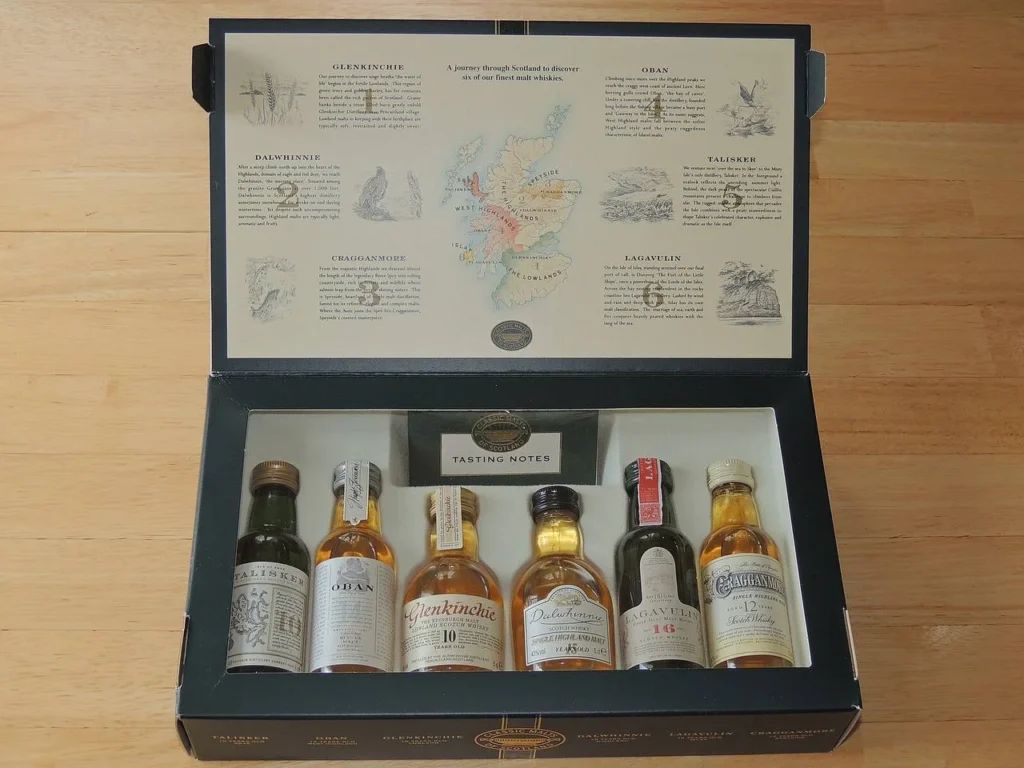
In Scotland, whisky isn’t just a drink—it’s culture. It’s comfort. It’s a ritual passed down for generations.
The Speyside region is home to the highest concentration of distilleries in the world, including Glenfiddich, Macallan, and Glenlivet. Meanwhile, on the windswept isle of Islay, distilleries like Laphroaig and Ardbeg produce peaty single malts that divide whisky lovers into passionate camps.
But even if you’re not into whisky, Scottish hospitality is worth the journey. Locals are fiercely proud of their heritage, quick to share a tale, and never short on dry wit. Find a quiet pub, order a dram, and before long, you’ll be swapping stories with a stranger who feels like a friend.
Pub Tip: Never ask for “a Scotch.” It’s simply called whisky here. And always toast with “Slàinte Mhath” (pronounced slan-jeh-va), meaning “good health.”
Scotland with Kids: An Enchanted Playground
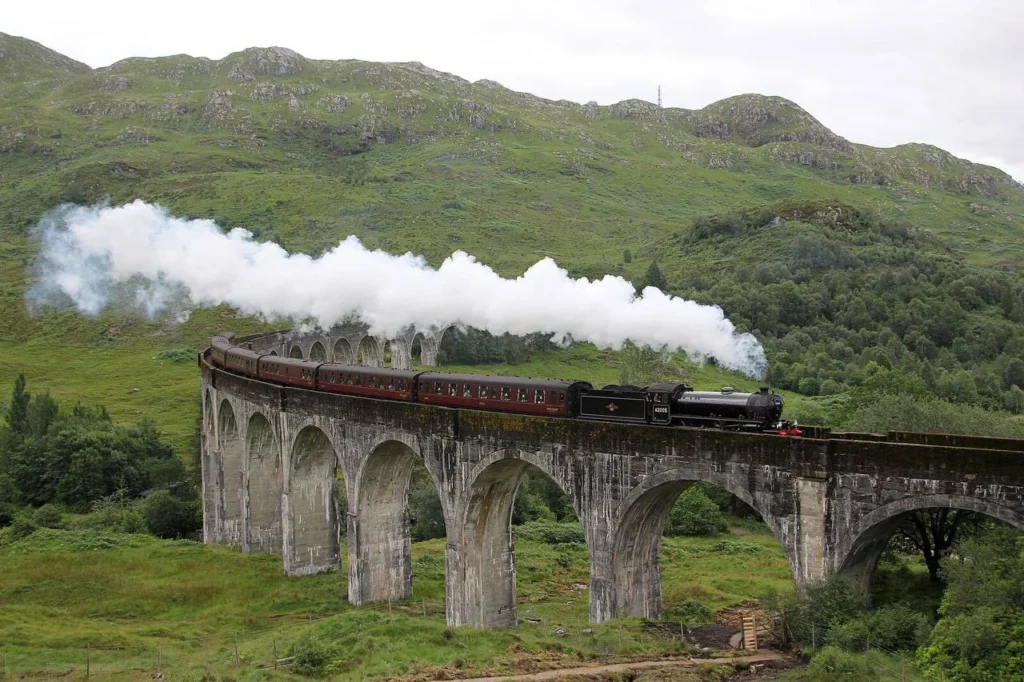
Yes, Scotland is wonderful for families. With castles, lochs, wildlife, and storytelling in every corner, children can let their imaginations run wild.
- Ride the Jacobite Steam Train (aka the “Hogwarts Express”) from Fort William to Mallaig, crossing the Glenfinnan Viaduct.
- Explore the Highland Wildlife Park, where kids can see polar bears, red pandas, and native wildcats.
- Visit the Falkirk Wheel, an engineering marvel that looks like something out of a sci-fi film.
- Let them roam the ruins of Dunnottar Castle, perched dramatically on cliffs above the North Sea.
Best Time to Visit Scotland
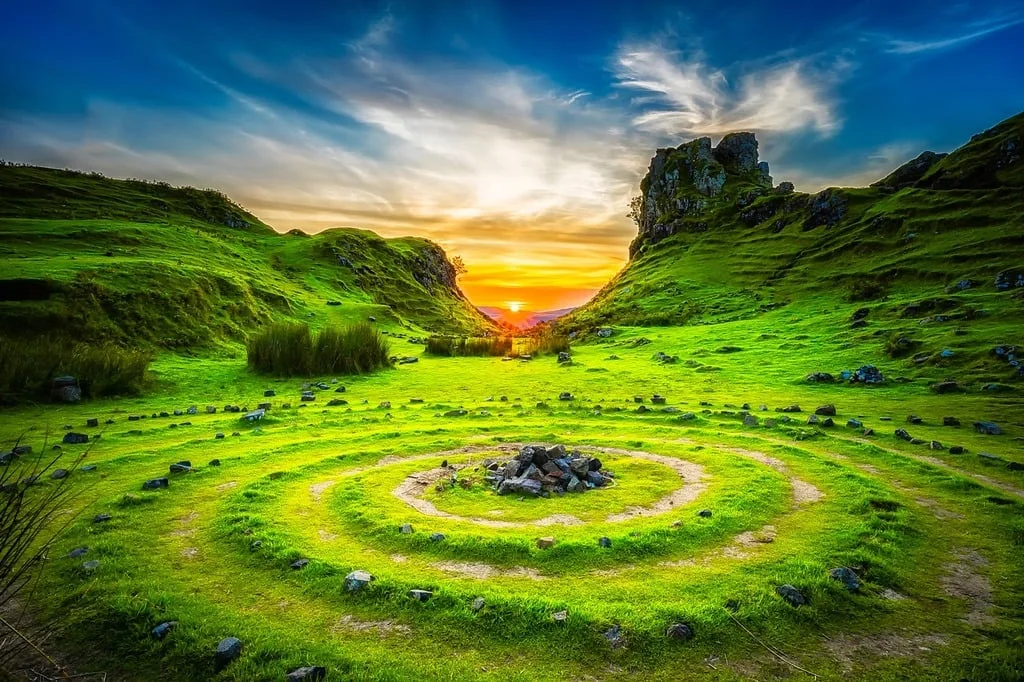
Each season brings something magical:
- Spring (April–May): Blooming heather, clear skies, and baby lambs in the fields.
- Summer (June–August): Long days, outdoor festivals, and lush green landscapes.
- Autumn (September–October): Golden foliage and peaceful trails.
- Winter (November–February): Snow-capped Highlands, cozy inns, and festive charm in cities like Edinburgh and Glasgow.
Note: Weather in Scotland is famously unpredictable. Pack layers, waterproofs, and a spirit of adventure.
Must-Capture Moments for Your Camera Roll
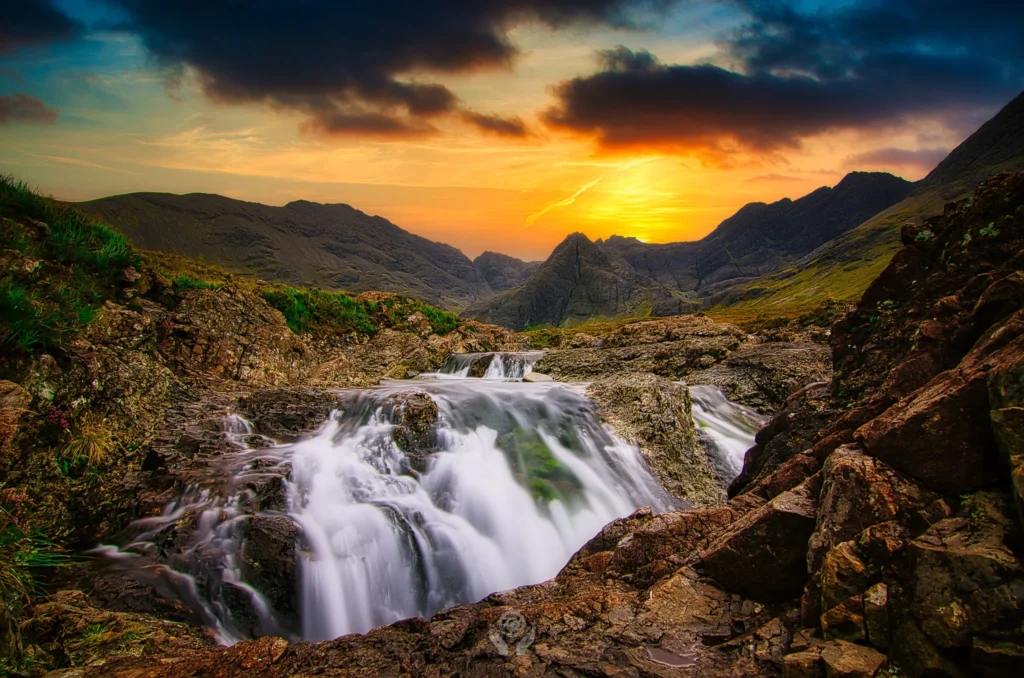
- The sun setting behind Edinburgh Castle
- Mist rising over Glencoe in early morning
- A Highland cow peeking out from a stone wall
- Reflections of Urquhart Castle on Loch Ness
- A whisky glass beside a peat fire
- The night sky above the Fairy Pools on Skye
Lesser-Known Hidden Gems
Want to go off the beaten path? Try these:
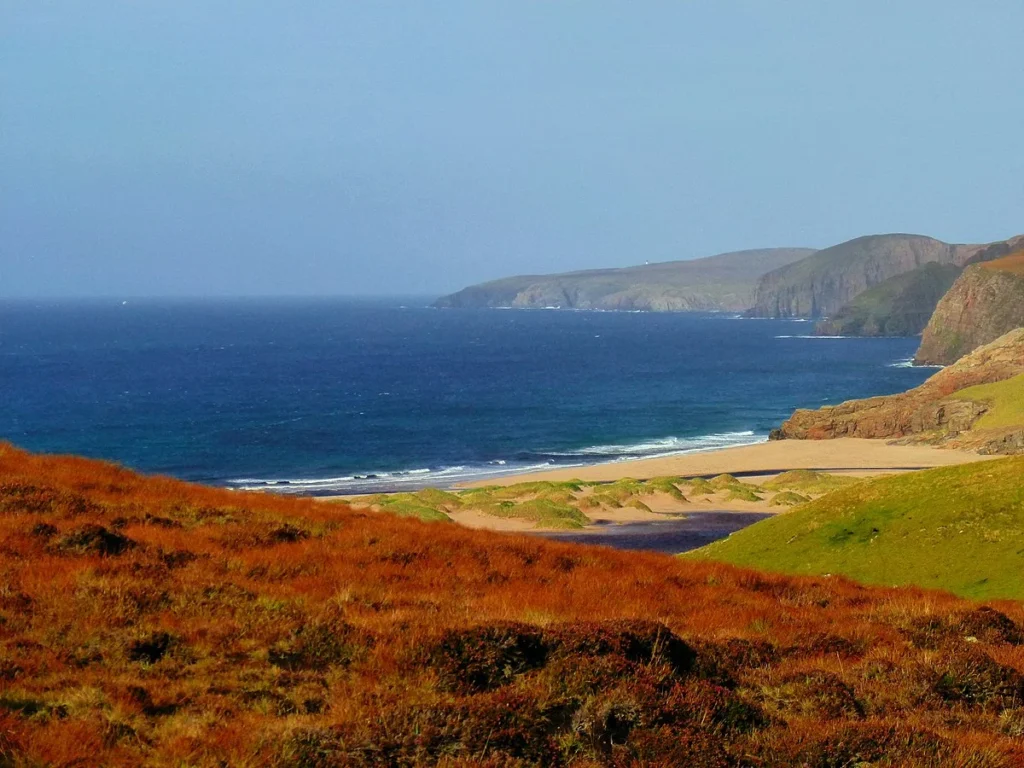
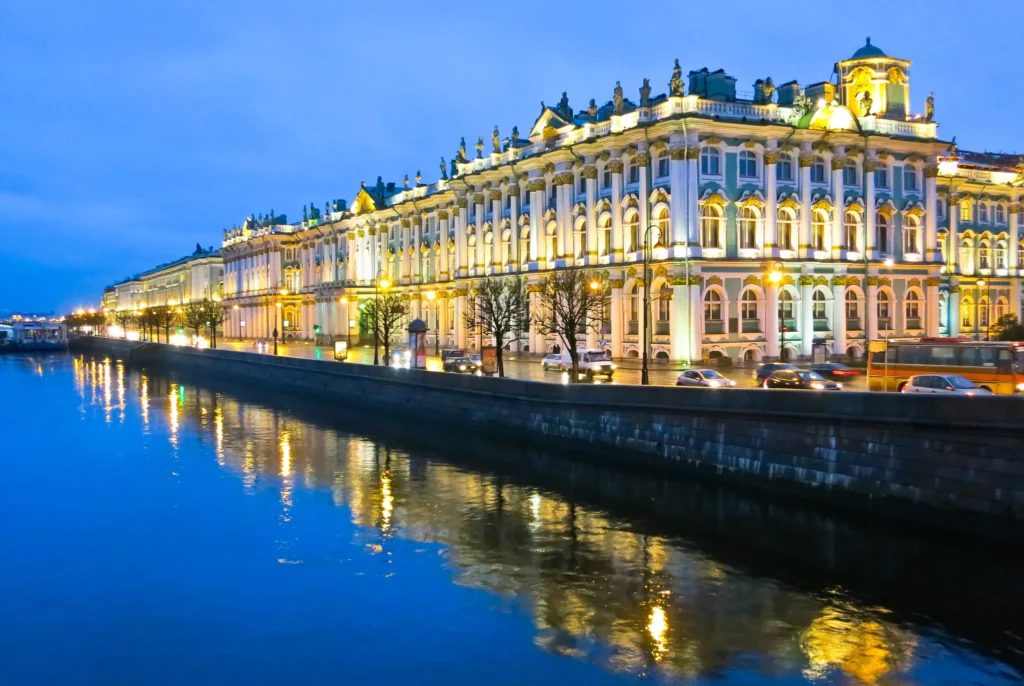
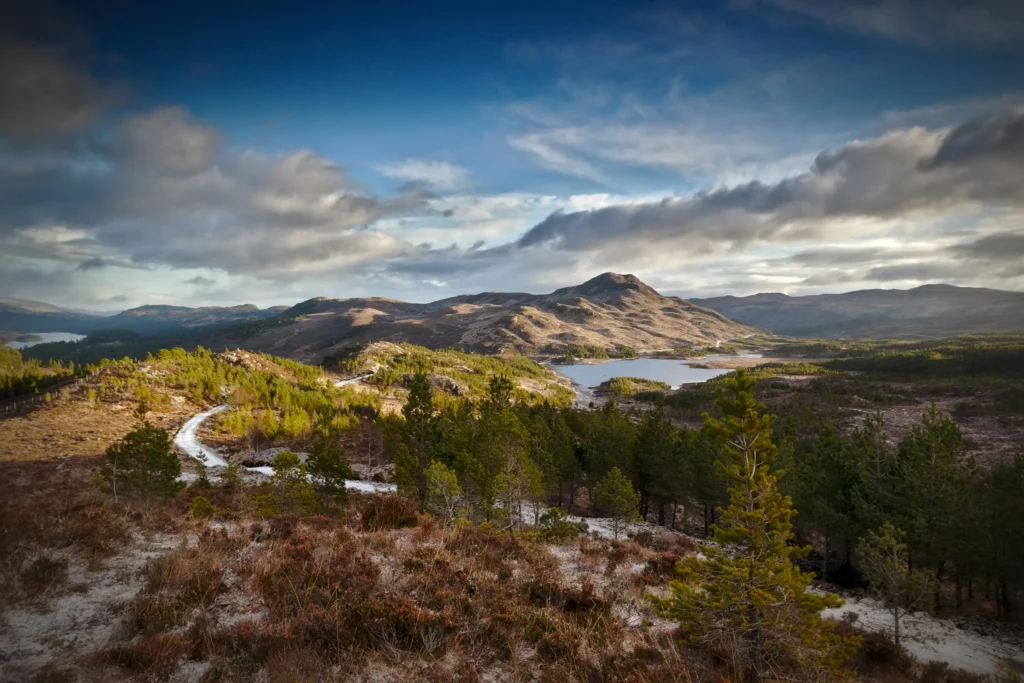
- Sandwood Bay: A remote beach in Sutherland that requires a four-mile hike, but rewards with pink sands and solitude.
- The Hermitage: Near Dunkeld, this forest trail leads to a magical waterfall and hidden follies.
- Crinan Canal: Dubbed “Britain’s most beautiful shortcut,” it’s a peaceful, boat-lined escape.
- Glen Affric: Often called the most beautiful glen in Scotland, with ancient Caledonian pine forests and dramatic views.
Getting There & Getting Around
- Major airports: Edinburgh (EDI), Glasgow (GLA), and Inverness (INV)
- Rail connections: Efficient trains connect major cities and regions. Consider a ScotRail pass for flexibility.
- Driving: Best for remote Highlands and Skye. Remember—they drive on the left.
- Ferries: Connect islands like Skye, Mull, and Orkney with the mainland.
Final Words: Scotland Isn’t a Place. It’s a Feeling.
When you leave Scotland, it stays with you- in the sound of the wind. In the memory of laughter in a smoky pub. In the moment a stranger waved from across a glen. It’s not the most luxurious country. It doesn’t try to be. But what it offers is deeper, older, and more human than many modern destinations.
Scotland invites you to wander. To wonder. To slow down. And to listen.
And once you do, it will never quite let you go.


